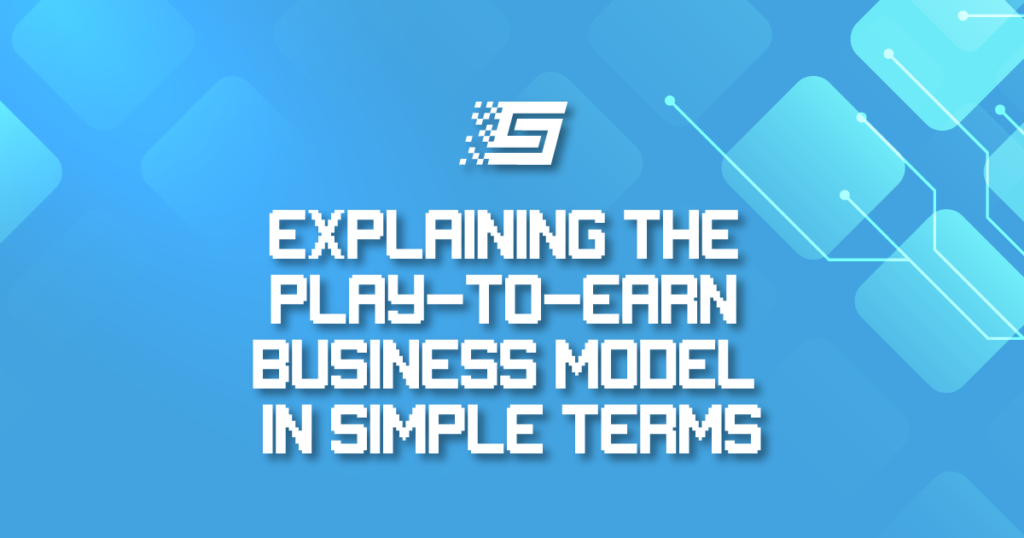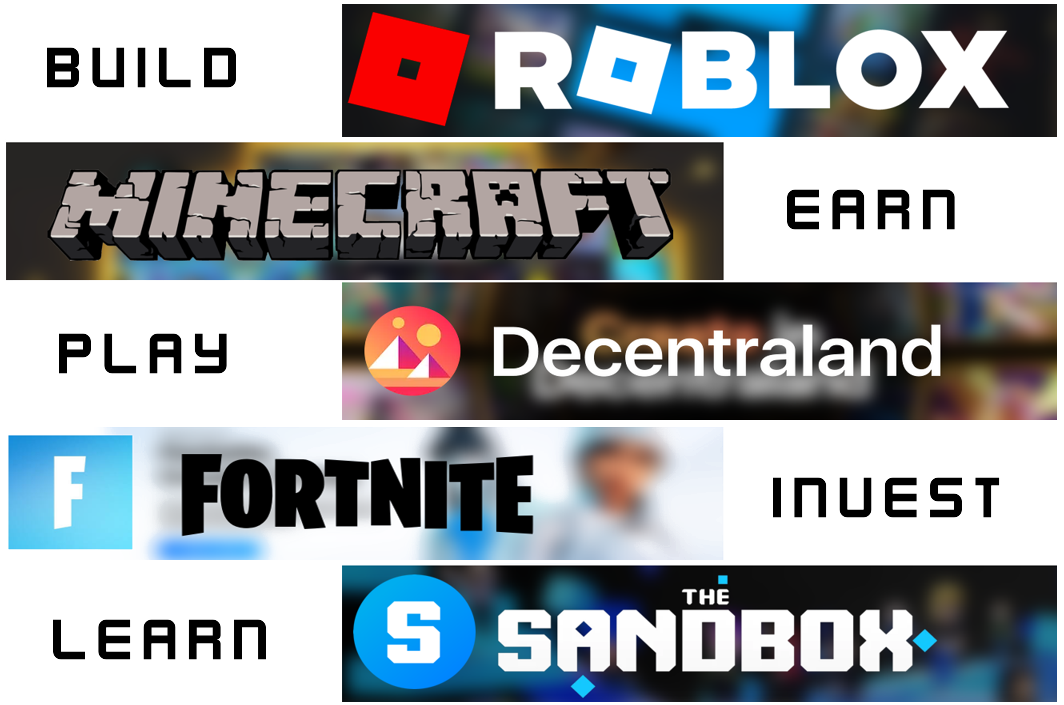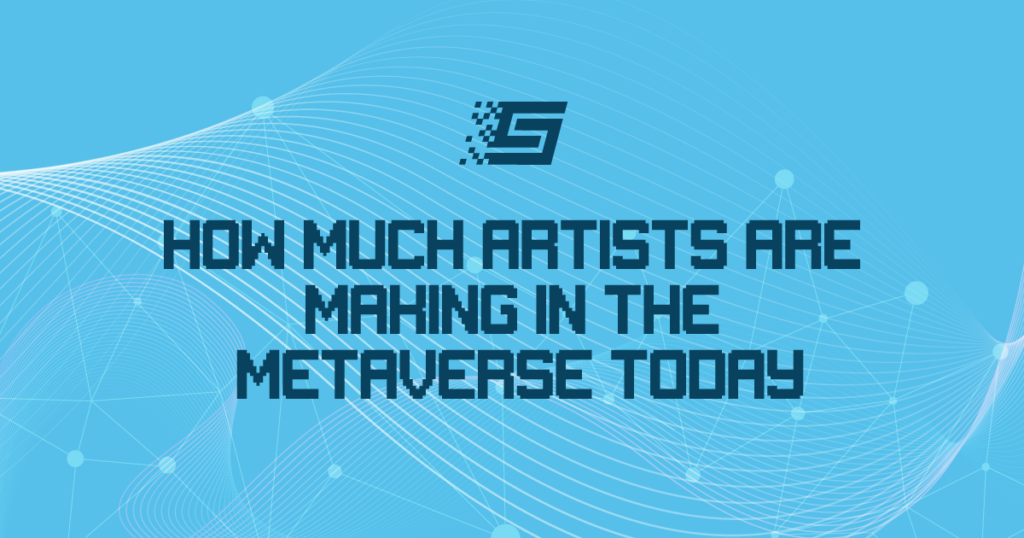
Explaining The Play-To-Earn Business Model In Simple Terms
Gaming as a business has grown significantly over recent years, and new business models are constantly being introduced in the industry. Play-to-earn (P2E) games are the most recent addition to the industry’s business models. These games essentially involve rewarding players for participating in a game.
It’s worth noting that play-to-earn gaming is not a concept that is exclusive to the web3 world, but it has become popular because of crypto and blockchain technology.
P2E crypto gaming is the fastest growing industry in the web3 space right now. According to a report by DappRadar, even during the crypto winter, when the price of cryptocurrencies plummeted and several significant crypto businesses went bankrupt, the dominance of play-to-earn gaming continued.
Blockchain technology, NFTs (non-fungible tokens), and cryptocurrencies have opened up a whole new frontier for game developers, players, and investors. Whether you are a crypto investor looking to learn about the play-to-earn gaming model and economics, a gaming studio planning to launch a P2E crypto game, or a hobbyist wishing to peek behind the curtain of a new business model, this article is for you.
Gaming Business Models
Pay-to-play:- requires gamers to buy a game before they can download and play it.
Pay-to-play membership bundles, such as Xbox Game Pass, EA Origin Access, PS Now, Apple Arcade, UPlay+, and others offer access to a list of games for a fixed monthly subscription fee.
Free-to-play:- games are free to download and play, but players pay for access to specific features or in-game products.
Game producers can also earn money through in-game advertising with this model. Around 80% of the revenue in the gaming industry is generated through free-to-play games.
Almost all mobile games use the free-to-play gaming model, and a growing number of PC and console games do as well, including popular titles like Fortnite, Apex Legends, PubG, Valorant, and others.
Play-to-earn:- players are rewarded for participating in in-game activities with real-world money, such as tradeable tokens, fiat, or cryptocurrency.
Several P2E games already exist in the traditional gaming world, but popular play-to-earn crypto games like The Sandbox, Decentraland, Axie Infinity, and Gods Unchained are blowing up in the web3 space right now.
Play-and-earn:- the players’ primary focus is simply playing and enjoying the game, with earning as an outcome of their time and effort.
With this model, gamers can enjoy themselves while earning money through blockchain technology and healthy in-game economics.
Important Metrics For Games
1. Retention: how long a gamer plays for after downloading and signing up.
2. Engagement: the average number of sessions per day and how much time is devoted to playing the game.
3. Conversion Rate: the total percentage of players who purchase in-game assets.
4. Daily Active Users (DAU): the average number of gamers who play the game on a regular basis.
5. Average Revenue Per Daily Active Users (ARPDU): total revenue generated by a game in a single day, divided by the total number of players in the game.
6. Lifetime Player Value (LTV): average revenue generated from a gamer during their lifetime through that game.
How The P2E Crypto Gaming Model Works
The combination of blockchain tech and the P2E business model has given rise to the P2E crypto gaming industry, where crypto games can build their own in-game economy, governance tokens, assets, and virtual worlds built on blockchain networks like Ethereum, WAX, Solana, etc.
Most play-to-earn crypto games use native tokens or cryptocurrencies for in-game purchases, often in the form of NFTs. These tokens can be traded between players inside the game’s marketplace or on an external marketplace or exchange.
Benefits Of P2E Crypto Games For Studios & Game Developers
NFTs and cryptocurrencies can help game developers create entirely unique gaming experiences. Gaming studios can launch projects and release their tokens to generate initial investments from gamers instead of equity investors and VC firms, and then build the gaming ecosystem and virtual economy around it. Players will believe more in blockchain-based assets because they will actually own them.
Developers can create unique experiences for the players of these games, which can lead to increased levels of retention and engagement. They can also earn commission on resales of their in-game assets, thereby creating a whole new revenue stream for them.
The Benefits Of P2E Crypto Games For Players
Traditional gaming ecosystems always followed a closed-end model where players have to pay for games or in-game assets, then dedicate their time to unlocking advanced levels and collecting items. Once they are done playing the game (or if the game shuts down for some reason), players cannot transfer or sell these assets, and their hard work goes in vain.
Play-to-earn crypto games share value with users and game developers. Whenever a user plays a P2E crypto game and unlocks assets such as avatars, tokens, weapons, virtual land, and other NFTs, they have full ownership of them and are free to trade them on marketplaces and exchanges as they wish.
Types Of P2E Crypto Games
Metaverse Games
The metaverse is a virtual world where users can not only play, build, and interact with other players but also own and monetize their virtual experiences. Popular metaverse play-to-earn gaming titles include The Sandbox, Decentraland, Alien Worlds, etc.
Trading Cards
NFT trading cards are digital collectibles that are designed to be in limited supply. They work just like physical trading cards but are valued depending on their utility, rarity, and ownership. Because NFTs are tradable assets that can be in limited supply, trading card-based games are an ideal fit. Popular P2E card trading games include Gods Unchained, Splinterlands, Sorare, etc.
Role-Playing Games (RPG)
Role-playing games allow gamers to have control over in-game characters with unique skills, weapons and other features. The players complete tasks to advance in the game and will earn more power and better weapons. Blockchain-based RPG games also use NFTs for in-game assets. Popular play-to-earn RPG titles include Blankos Block Party and Axie Infinity.
The Future Of The P2E Crypto Gaming Industry
The opportunity to earn through gaming is already opening up new and innovative ways for gamers to play and earn together, and gaming guilds are one of them.
Since some of the more popular blockchain gaming titles require a certain amount of investment, the gaming community is creating gaming guilds that are structured as DAOs (decentralized autonomous organizations) to support new gamers from onboarding to lending in-game assets for new players to enjoy and earn from the game.
Gaming studios like Ubisoft have already begun integrating blockchain-based assets into their games. Just like subscription-based games and free-to-play games, play-to-earn crypto gaming will also find its place in the gaming ecosystem and will likely become a dominant model in the future.


